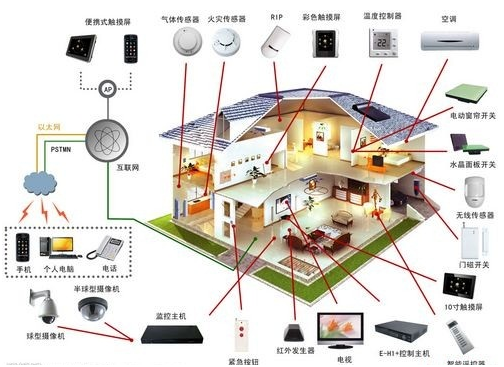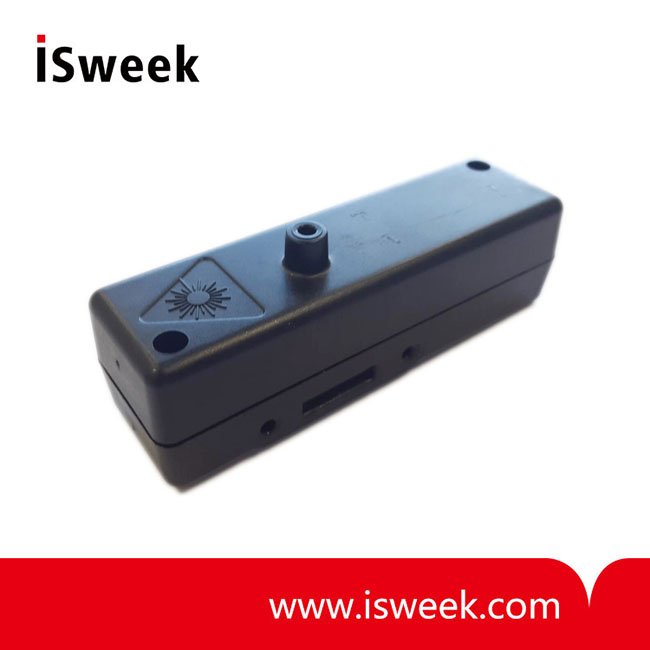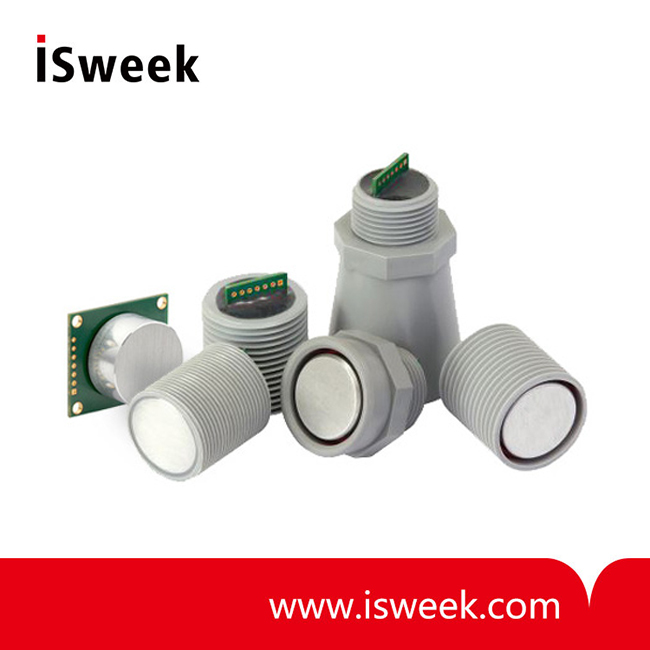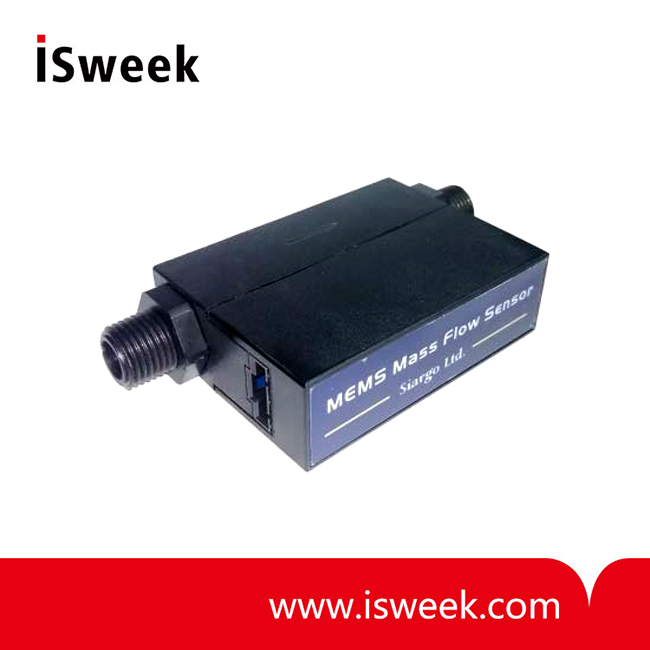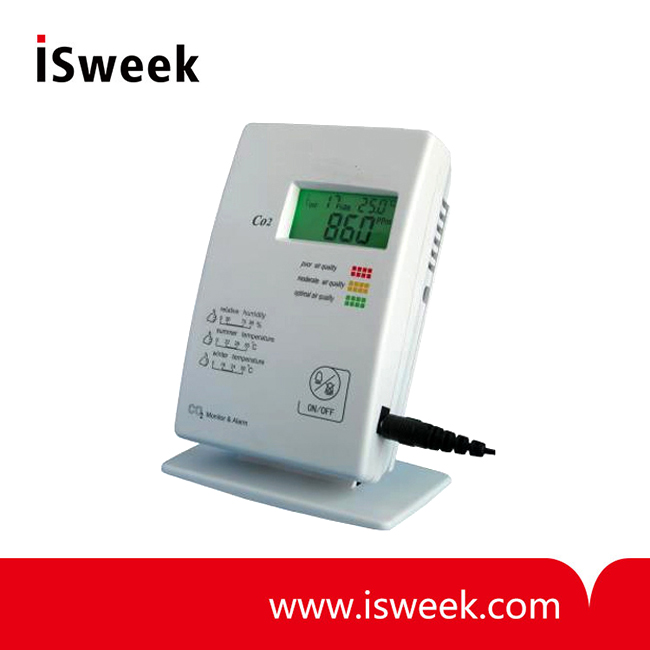In recent years, the resident income is continuously increasing, consumption demand is upgrading and electronic information technology is rapidly developing. With the active participation of big enterprises and powerful push of policies, the construction of IoT is being accelerated. The essence of IoT is to connect every thing to cloud platform via information sensing equipment, so as to intelligently identify and manage them. Sensor is the core of IoT. With the development of IoT in China, sensors has been in the air waves.
People are now pursuing higher level of enjoyment, so smart household facilities are specifically developed. Yet the constitute of a smart home requires many different sensing modules. Next, let we ISWeek present the sensors used in smart homes.
- A comfortable home needs fully functional gas measurement facilities
In modern household environment, people usually expect comfortable surroundings, thus a sufficient gas measurement system is principle for a household system, which shall include sensors detecting PM2.5, CO, CO2, O2, VOC, formaldehyde and air quality.
- Healthy regulating system of humidity and temperature
Human bodies are relatively sensitive towards the temperature and humidity in the air. When the humidity is too high, people will feel uncomfortable; but if humidity is too low, the skin will become very dry. In a smart home, there will be a automatic regulatory system consisted of humidity and temperature sensors to provide a better living space.
Here ISWeek will mainly talk about CO sensors. Why?
It can often be seen in news that someone was carbon monoxide poisoned and sent to hospital. We will wonder, we can be under life risk even just in a shower, so what can we do to safeguard our lives? This question is especially concerned for those parents who care a lot about their young kids. Then, how can we prevent CO poisoning and save our lives?
First we should understand what carbon monoxide poisoning means. It typically caused by breathing in incomplete burned carbon. CO is a colorless and odorless gas, that’s why it has a frightening name called “silent killer”. Carbon monoxide poisoning often occurs from usage of heaters or cooking equipment that run on carbon-based fuels and obstructed ventilation. The news mentioned above can be taken as examples, in which people use gas water heater with no ventilation.
To prevent being poisoned by CO, people should improve their crisis awareness and open ventilation window or turn on vent fan when taking showers. Keep this in mind especially in winter, which is the peak of carbon monoxide poisoning, for that people may prefer to close ventilation windows in order to keep warm. In some old house, the water heaters are installed to connect with kitchens and they share the same ventilation system, which is putting the family under high risk of CO poisoning. Moreover, some water heaters are worn down by years without repair. They may produce more CO than expected and cause intoxication accidents.
CO sensors can be installed indoors to prevent these accidents. The sensors can measure CO concentration and make sound-light alarm immediately when gas leakage is detected. If someone is poisoned and falls into a faint in a rental house, others can find out and help, thus a lethal accident is avoided.
ISweek supply CO sensor 3SP-CO-1000 with our expertise. The characteristics of this product are as follows:

- Compact size and low profile (20x20x3.8 mm)
• Fast response (< 15 seconds)
• Long-term stability (through 5000 ppm overload)
• Low power (0 mW@0mV offset)
• Separate calibration (Traceable NIST)
• ROHS compliant



